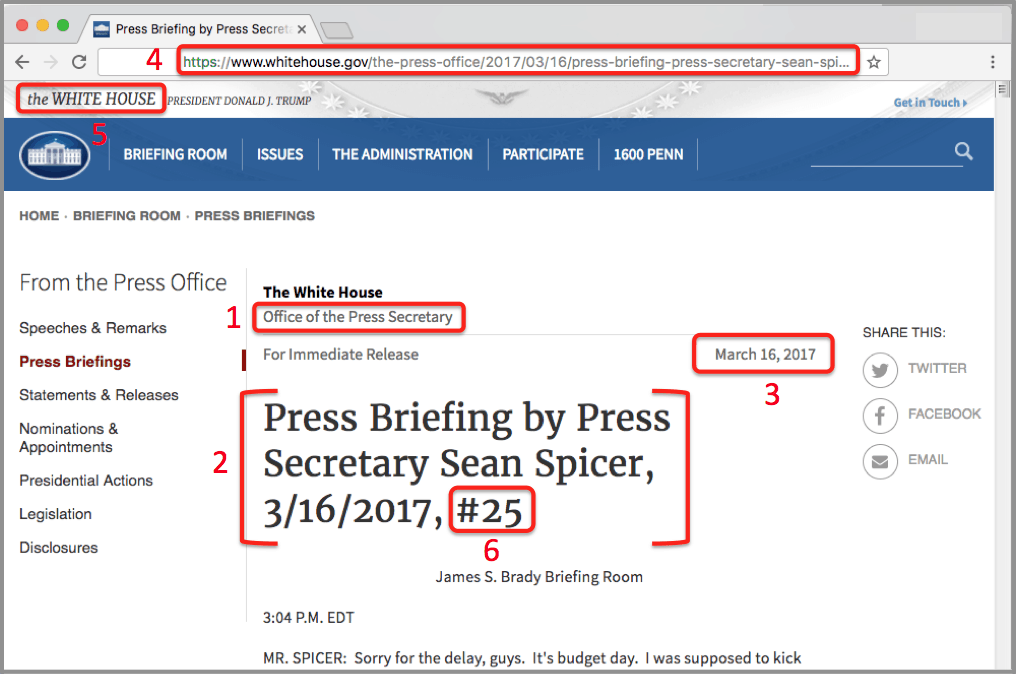White House Press Briefing Transcripts
The White House press briefing transcripts provide a detailed and comprehensive account of the daily press briefings held by the White House Press Secretary. These transcripts serve as an invaluable resource for journalists, researchers, and the general public seeking to stay informed about the latest developments and statements from the White House.
The transcripts typically include the opening remarks of the Press Secretary, followed by questions from reporters and the Press Secretary’s responses. They provide a verbatim record of the exchange, allowing readers to gain insights into the administration’s policies, priorities, and perspectives. The transcripts also offer a glimpse into the dynamic between the White House and the press corps, as reporters challenge and question the administration’s stance on various issues.
Format and Structure
The White House press briefing transcripts follow a structured format, typically beginning with a brief overview of the day’s agenda or any notable announcements. The Press Secretary then takes questions from reporters, who are selected by the Press Secretary based on a predetermined list. The reporters’ questions cover a wide range of topics, from domestic policy to foreign affairs to the President’s personal life. The Press Secretary’s responses provide the administration’s official position on these issues and often offer additional context or clarification. The transcripts conclude with any closing remarks from the Press Secretary.
Analyzing White House Press Briefing Transcripts

The White House press briefing transcript serves as a valuable resource for researchers, journalists, and the general public to gain insights into the official communications and positions of the US government. Analyzing these transcripts can provide valuable information about the key themes, trends, and patterns in the government’s messaging and strategies.
Different Methods for Analyzing the Transcripts, White house press briefing transcript
There are various methods for analyzing White House press briefing transcripts. One common approach is content analysis, which involves systematically examining the text to identify key themes, patterns, and trends. This can be done manually or with the help of computer-assisted software.
Another method is discourse analysis, which focuses on the language and rhetoric used in the transcripts. This approach can help to identify the ways in which the government frames issues, constructs narratives, and persuades the public.
Identifying Key Themes, Trends, and Patterns
When analyzing the transcripts, it is important to identify the key themes, trends, and patterns that emerge. This can be done by looking for recurring topics, issues, or ideas that are discussed throughout the transcripts. It is also helpful to track the frequency and prominence of these themes over time.
Use of Language and Rhetoric
The language and rhetoric used in the transcripts can also provide valuable insights. For example, the use of certain words or phrases can indicate the government’s stance on an issue or its attempt to influence public opinion.
By carefully analyzing the White House press briefing transcripts, researchers and journalists can gain a deeper understanding of the government’s messaging and strategies, as well as the ways in which it communicates with the public.
Applications of White House Press Briefing Transcripts

White House press briefing transcripts are valuable resources for understanding current events and informing research and policy decisions.
Understanding Current Events
Transcripts provide real-time insights into the Biden administration’s perspective on pressing issues. They offer a record of official statements, questions from reporters, and the administration’s responses, enabling citizens to stay informed about government actions and policies.
Research and Academic Purposes
Transcripts serve as primary source material for researchers and academics. They document the administration’s positions, rhetoric, and interactions with the media. This information is invaluable for analyzing political communication, public relations, and the evolution of government policy.
Informing Policy Decisions
Transcripts can influence policy decisions by providing policymakers with a deeper understanding of public sentiment and media coverage. They help policymakers gauge the potential impact of proposed policies and adjust their strategies accordingly. For example, the administration’s response to the COVID-19 pandemic has been shaped, in part, by feedback received during press briefings.
The transcript of the White House press briefing reveals a captivating discussion about the recent diplomatic tensions between Panama and Bolivia. As the press secretary delved into the intricacies of the Panama vs Bolivia dispute, it became apparent that the situation was far more complex than initially perceived.
The briefing provided valuable insights into the diplomatic efforts underway to resolve the conflict, underscoring the importance of international cooperation and dialogue in fostering peaceful resolutions.
As the White House Press Briefing concluded, reporters eagerly awaited the latest updates. Amidst the flurry of questions, one journalist interjected, “Any predictions on the upcoming Portugal vs Slovenia match ?” The room erupted in a chorus of laughter, reminding all that even in the midst of political discourse, there was still room for a little sports banter.
The press secretary chuckled, “I’ll have to leave that to the experts, but I’m sure it will be an exciting match.”